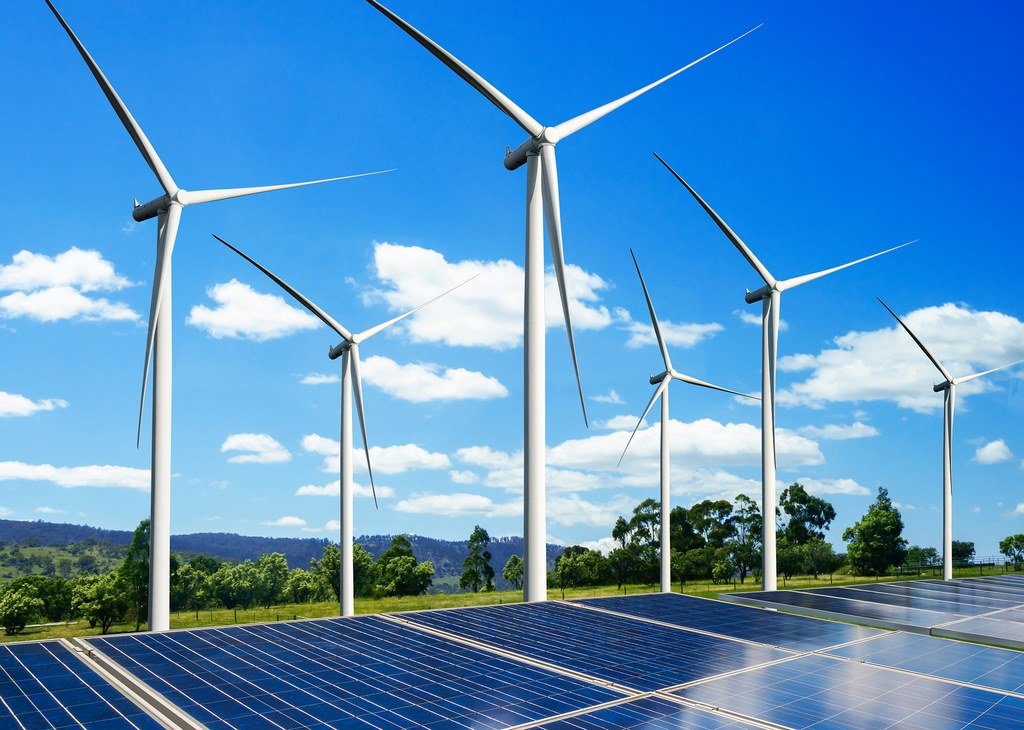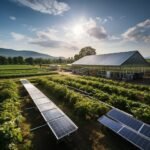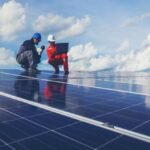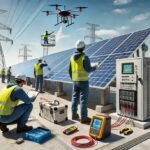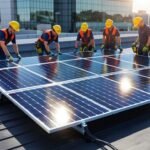As the global demand for sustainable power continues to grow, the spotlight remains firmly on solar energy and its evolving technologies. One of the most crucial components of any solar energy infrastructure is the photovoltaic system—the heart of every solar power plant. In recent years, significant innovations have reshaped how efficiently these systems convert sunlight into electricity, directly impacting both environmental goals and investment returns.
Emerging Trends in Photovoltaic System Efficiency
In this article, we explore the latest trends enhancing photovoltaic system efficiency, especially in utility-scale solar energy projects, and how these developments are powering the energy transition worldwide. Read in Steelbridgeco.com.
Next-Generation Solar Cell Technologies
Modern solar energy solutions rely heavily on advanced cell architecture. Traditional monocrystalline and polycrystalline panels are giving way to heterojunction (HJT), TOPCon, and perovskite-based cells.
Heterojunction cells offer higher temperature tolerance and lower degradation rates, making them perfect for high-irradiance regions.
Perovskite tandem cells are pushing the boundaries of efficiency, with lab-tested conversion rates now exceeding 30%.
These technologies are not only enhancing energy yields but also making solar energy a more viable option in varied climates and use cases.
This evolution in photovoltaic cell tech translates into greater productivity per square meter, a crucial metric in solar farm planning and solar infrastructure investment.
 Bifacial Panels and Smart Tracking Systems
Bifacial Panels and Smart Tracking Systems
The use of bifacial solar panels has exploded in utility-scale solar projects. Unlike traditional panels, these can capture sunlight from both the front and the rear, effectively utilizing reflected light from surfaces such as desert sand or concrete.
Paired with smart tracking systems, bifacial panels can follow the sun’s path throughout the day, maintaining optimal angles for energy capture. These technologies together can increase a solar energy project’s yield by up to 25%, depending on geography and terrain.
For solar investment firms, this represents a high-ROI technology upgrade that can transform the economics of utility-scale projects.
AI and IoT for Predictive Performance Management
Digital technologies are revolutionizing the way photovoltaic systems are maintained and optimized. Artificial Intelligence (AI) and Internet of Things (IoT) are increasingly used to:
Monitor system performance in real-time.
Predict maintenance requirements before failures occur.
Automate adjustments to optimize energy capture.
By leveraging data-driven decision-making, operators can reduce O&M costs and boost uptime—essential for the long-term success of any solar power plant.
Thermal Coefficient Engineering for Desert Conditions
In harsh climates such as the Middle East, solar panel performance is often compromised by extreme heat. This is where PV thermal coefficient impact becomes critical. Panels with better thermal coefficients maintain their efficiency even at temperatures above 45°C.
Newer technologies—such as N-type panels—are engineered to withstand thermal fluctuations. This makes them ideal for off-grid solar applications and solar construction projects in desert regions, where long-term performance and reliability are non-negotiable.
Floating Solar and Dual-Use Systems
Floating photovoltaic systems, also known as floatovoltaics, are gaining traction in regions with limited land availability. By deploying solar panels on reservoirs, irrigation ponds, or lakes, operators can reduce water evaporation while generating power.
Similarly, agrivoltaics—where solar panels are integrated with farmland—allow dual use of land for both food and energy production. These setups represent the kind of innovative, sustainable thinking that is driving the solar energy market forward.
Policy and Infrastructure Investment Trends
Public and private entities are investing heavily in solar infrastructure to meet net-zero targets. Governments in Europe, Asia, and the Middle East are incentivizing large-scale solar projects through tax credits, green bonds, and project finance frameworks.
Private equity solar investment is also on the rise, particularly in emerging markets where FDI in energy is reshaping national energy strategies. These capital flows are accelerating the development of utility-scale solar installations that support national grids and provide clean energy to millions.
Recycling and Sustainable Supply Chains
As the solar energy industry matures, attention is also turning toward sustainability in the manufacturing and end-of-life management of PV panels.
Manufacturers are increasingly adopting circular economy practices.
Recyclable materials and lower-impact production methods are being prioritized.
Long-term investments are being made in green supply chains that reduce emissions.
This shift is crucial in aligning solar power with broader climate goals and ensuring the sustainability of the entire energy ecosystem.
The Role of Steelbridge Export in Scaling Clean Energy
For large-scale buyers and developers of solar energy technologies, trusted global partners are essential. Steelbridge Export stands out as a leading name in the procurement and international trade of photovoltaic systems and clean energy components. From feasibility to sourcing and shipping, their global logistics expertise ensures on-time, high-quality delivery across continents.
By working with established partners like Steelbridge Export, investors can focus on growth and performance while relying on robust, scalable supply chains.
Conclusion
The future of solar energy is increasingly defined by efficiency, innovation, and smart design. From advanced cell structures and AI integration to bifacial modules and policy support, these emerging trends in photovoltaic systems are reshaping what’s possible in solar power production.
As solar investment becomes a central pillar of global energy transition strategies, understanding and leveraging these trends will be critical for developers, investors, and policymakers alike.
For more insights on industry trends, visit acwapower.
Meta Questions and Answers
- 1. What are the newest technologies improving photovoltaic system efficiency?
Heterojunction, TOPCon, and perovskite tandem cells are among the leading technologies improving conversion rates and long-term panel durability. - 2. How do bifacial panels improve solar energy yields?
They capture reflected sunlight from both sides, increasing output by up to 25%, especially when combined with smart tracking systems. - 3. Why is PV thermal coefficient important in desert regions?
High temperatures can degrade solar panel performance; thermal-efficient panels maintain better output in hot climates like the Middle East. - 4. How is AI used in solar energy systems?
AI helps monitor, predict, and optimize performance in real-time, reducing maintenance costs and improving uptime. - 5. What role does private equity play in solar infrastructure investment?
Private equity provides crucial funding for large-scale utility solar projects, especially in emerging markets focused on clean energy goals.



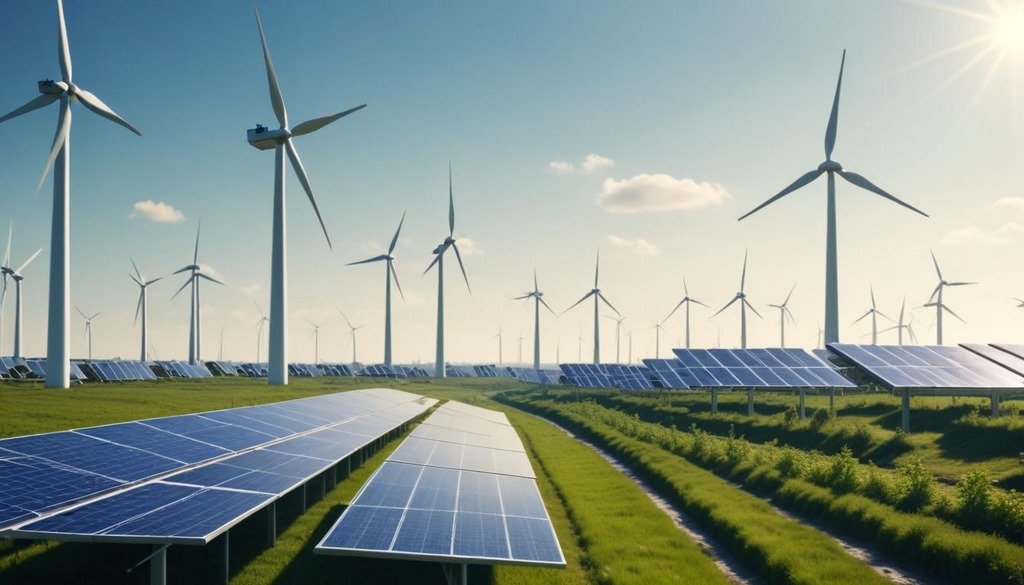
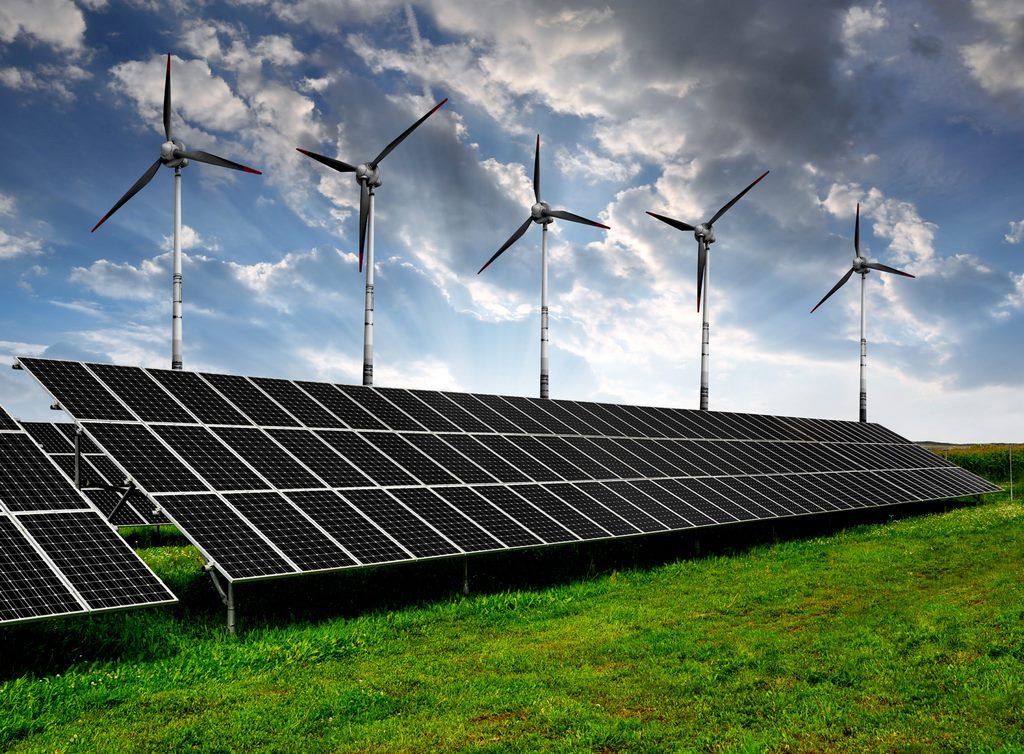 Bifacial Panels and Smart Tracking Systems
Bifacial Panels and Smart Tracking Systems